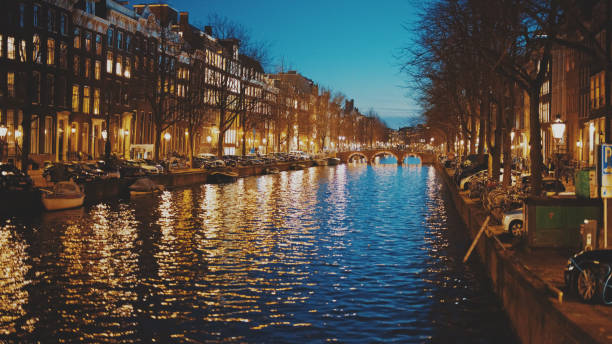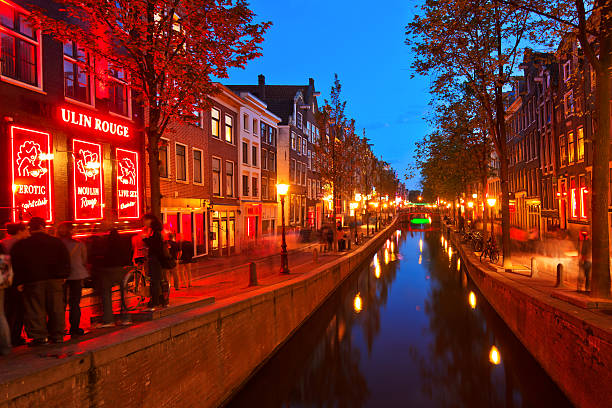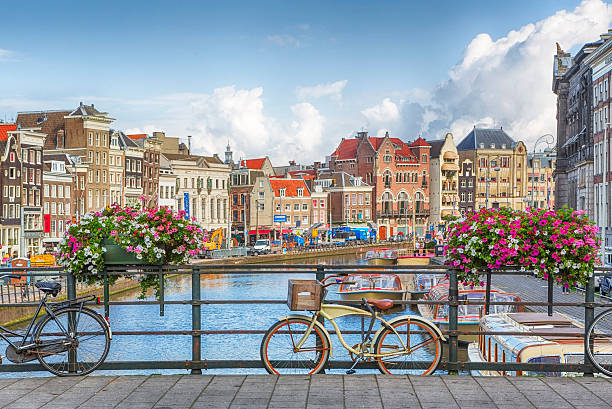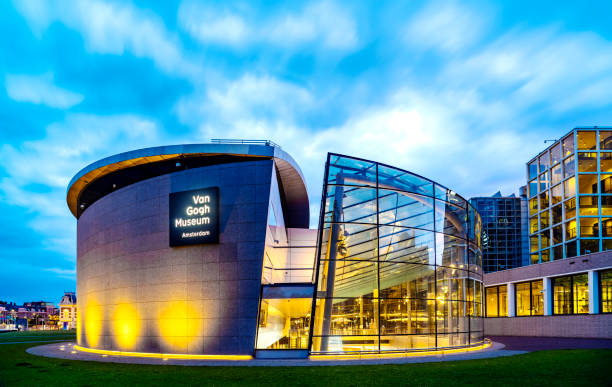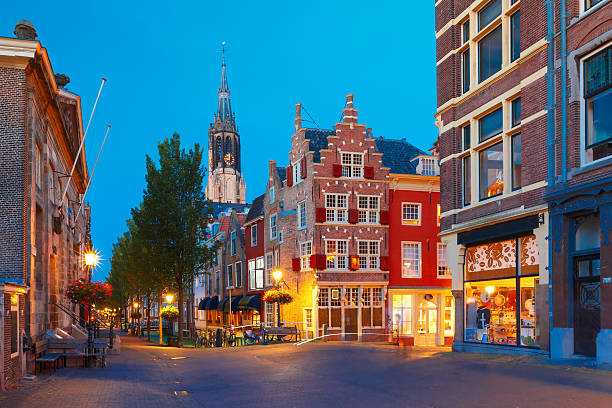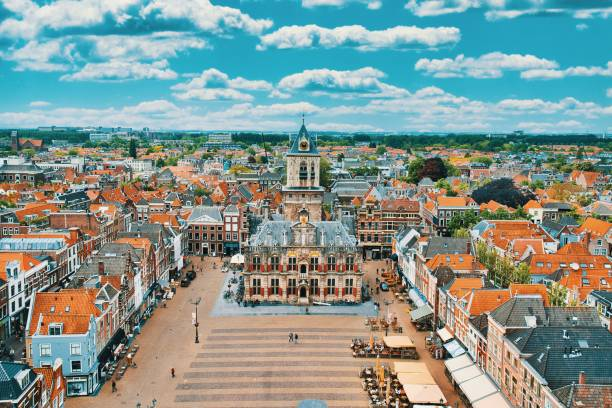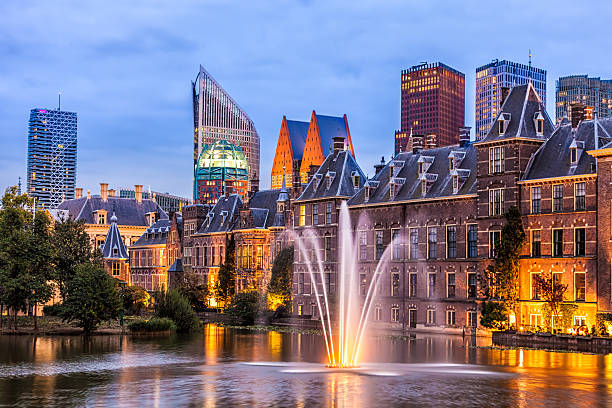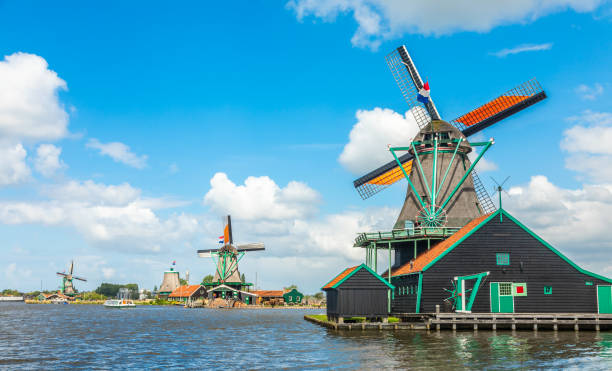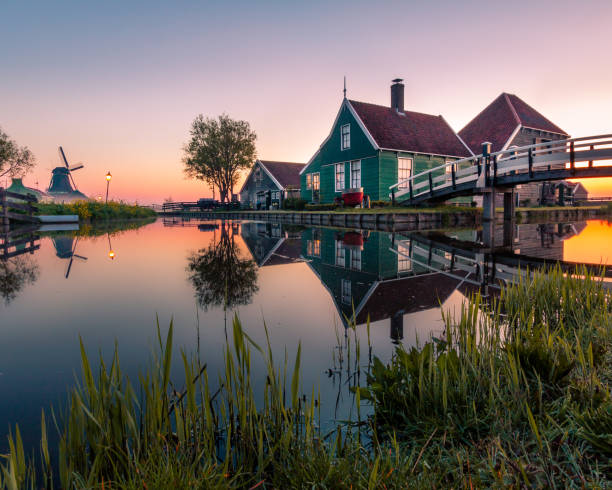Introduction
The Ultimate Amsterdam Canal Cruise introduces you to the world of undiscovered wonders through its canals that ooze sheer beauty and splendor. Enjoy the two-hour fascinating journey on a completely electric boat to learn about the history and vibrant culture of this city. For small groups, the intimate atmosphere provides opportunities for individualized attention and togetherness. Besides, satisfy your appetite by enjoying a range of drinks and refreshments chosen for your delight to make you enjoy the cruise entertainment. Curious? Finally, prepare yourself for a remarkable experience full of breathtaking views and captivating tales.
Interesting Facts
- The Ultimate 2-hour Small Group Amsterdam Canal Cruise with Drinks and Snacks
- A completely electric boat provides a peaceful and environmentally responsible way to cruise Amsterdam’s picturesque canals.
- Throughout the cruise, courteous and knowledgeable hosts offer insights into contemporary Dutch life.
- There is an open bar with wines, craft beers, and nonalcoholic beverages from the area, as well as a snack platter.
- Ideal for novice travelers and those seeking to steer clear of packed land excursions, this tour can accommodate up to 16 guests in a maximum group.
Unlimited Drinks and Refreshments
Any evening cruise must necessarily have an all-you-can-drink option. Drink the drink you like, ranging from wine and beer to soda pops and coffee. Cheers with a glass of chilled champagne or your favorite cocktail to an amazing night. You can revive yourself with a well-made Dutch beer. During those cold nights, drink a cup of hot chocolate or coffee and relax.
Unforgettable Atmosphere
Our night-time cruise provides a comfortable atmosphere in which you can gather with your family or interact and make friends among fellow international passengers. Relax as you sail serenely and attractively in the canals. Make lasting memories with friends by joking around and laughing. Enjoy the picturesque canals of Amsterdam. Enjoy the company of fellow enthusiasts about travel and discovery.
Look Into Different Cruises
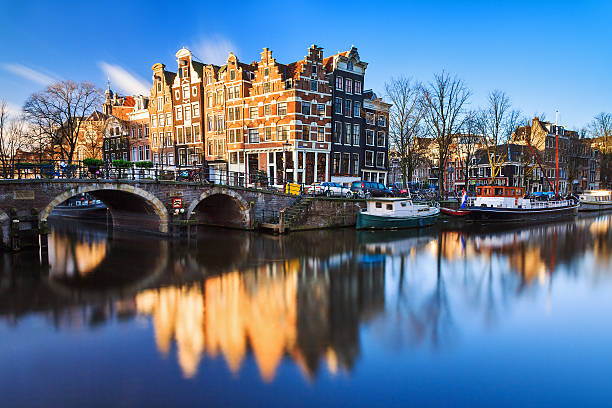
Guided Canal Cruises
Guided canal cruises are a typical and common approach in which tourists explore the city’s canal system. The city’s history, architecture, and culture are often commentaries by the highly-informed tour guides. Many different guided canal cruise languages are offered, which is a superb way of viewing the city while you live it from its waterways.
Dinner Cruises
Consider a canal cruise in Amsterdam as a more lavish and romantic option. These cruises offer a delicious dinner, an amazing way to see the city at night, and drinks.
Shared Canal Cruises
A cheaper, more social alternative is Amsterdam canal cruises in pairs where travelers share the boat. These tours, most often following a predetermined route and lasting some time, are superb ways of meeting new people as well as finding out what the city has to offer.
Conclusion
Amsterdam’s canal boat tours are once-in-a-lifetime experiences. Each dinner, private, shared, or guided cruise offers a different city view. Savor your favorite drink while gliding along tranquil rivers and enjoying the vibrant culture and extensive history. Amsterdam canal cruises offer something for everyone, making them unforgettable. More than a tour, it is a chance to experience the city’s soul and make memories on its beautiful canals.

